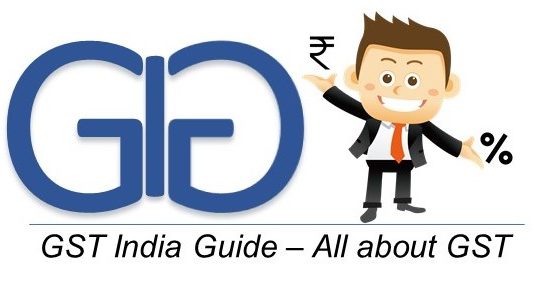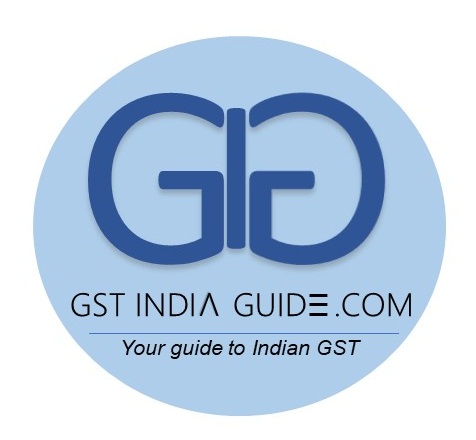The Lok Sabha cleared four bills related to the Goods and Services Tax (GST) on Wednesday, setting the stage for 28 states, along with Delhi and Puducherry, to enact state laws over the next three months to roll out the new tax regime from July.
The four bills — Integrated GST, Central GST, Union Territory GST and Compensation Bill — will be followed by work in the GST council, comprising FM Arun Jaitley and state finance ministers, to finalise rules and product- and service-wise rates by the end of April.
Read All About GST from Beginning
GST will replace central excise, service tax and state VAT and several other levies, in addition to subsuming existing cesses and surcharges.
J&K will not be part of the current regime but will enact laws to ensure that its taxation system is linked with the Centre and other states for consumer benefits.
My congratulations to all countrymen on the passage of the GST Bill. New year, new law, new Bharat,” PM Narendra Modi tweeted after the bills were cleared. The passage came as several amendments pushed by lawmakers from the Congress and BJD were defeated after the government sought to clear doubts.
Jaitley promised the House that the regime will make things “slightly cheaper” and products such as petroleum, which are currently out of the net, would be included over a period of time. In fact, the finance minister said a decision on including real estate may be taken within a year of rollout. “Today, you have tax on tax, you have cascading effect. When all of that is removed, goods will become slightly cheaper,” Jaitley said.
The minister defended the decision for multiple slabs, saying a one-rate formula was highly regressive as hawai chappals and a luxury car would face the same levy. He then went on to allay fears of food products facing the levy and said all farm goods would be kept out.
The GST Council has recommended a four-tier tax structure of 5, 12, 18 and 28%. On top of the highest slab, a cess will be imposed on luxury cars, soft drinks, tobacco products, pan masala and coal to compensate states for potential revenue loss during the first five years of implementation.
GST has been in the works for over a decade and it wasn’t until last year, when Parliament cleared amendments to the Constitution, that the new regime appeared to be a reality. This was followed by support from legislatures across the country, leading up to the establishment of the GST council.
While states such as West Bengal sought to block the reform, one of the biggest initiatives post-Independence, the Centre managed to overcome the hurdle with support from other opposition-ruled states, such as Bihar and Odisha.
To opposition questions as to why the government brought the legislations as money bills, Jaitley cited constitutional provisions and said since 1950, all tax-related legislations were brought before Parliament as money bills.
The Times of India, 30 March 2017

